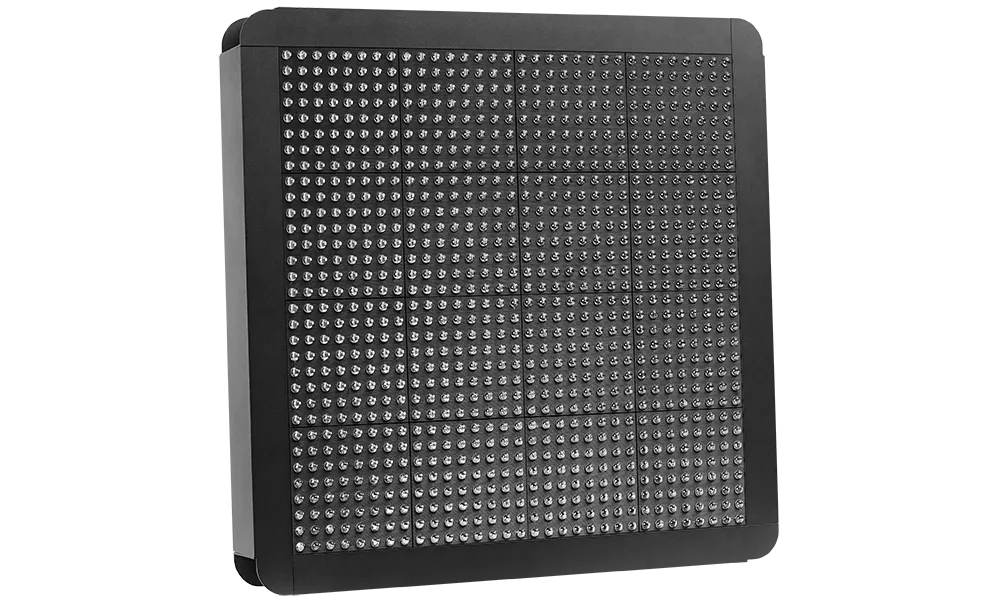Following the introduction of Siemens' Extra Low Voltage (ELV) intersection controller and the rapid growth of ST900 ELV installations, the company has now launched an ELV pedestrian controller.
February 3, 2012
Read time: 2 mins
Following the introduction of 189 Siemens' Extra Low Voltage (ELV) intersection controller and the rapid growth of ST900 ELV installations, the company has now launched an ELV pedestrian controller. Enabling the implementation of a total ELV policy for all new sites, the new ST750P pedestrian family is certified to TR2500 and provides Pelican, Puffin and Toucan control strategies at both low-voltage (230V) and extra-low-voltage (48V) drive levels.
According to Keith Manston, Siemens' Head of Product Management, the new ST750P family is closely related to the acclaimed ST900 range of high-performance traffic controllers and optimised for pedestrian control.
"Not surprisingly, the new ST750P family is also compatible with the whole range of Siemens street furniture, including Helios LED signals, LED nearside signals and LED wait indicators, all offering significant power cost savings over conventional solutions," he says.
"Significantly, the use of ELV provides reduced power and cabling costs as well as improved lamp monitoring of very low-power LED traffic and pedestrian signals. ELV also provides increased electrical safety for both members of the public in the event of any damage to the installation and personnel working on or around the intersection."
According to Keith Manston, Siemens' Head of Product Management, the new ST750P family is closely related to the acclaimed ST900 range of high-performance traffic controllers and optimised for pedestrian control.
"Not surprisingly, the new ST750P family is also compatible with the whole range of Siemens street furniture, including Helios LED signals, LED nearside signals and LED wait indicators, all offering significant power cost savings over conventional solutions," he says.
"Significantly, the use of ELV provides reduced power and cabling costs as well as improved lamp monitoring of very low-power LED traffic and pedestrian signals. ELV also provides increased electrical safety for both members of the public in the event of any damage to the installation and personnel working on or around the intersection."










